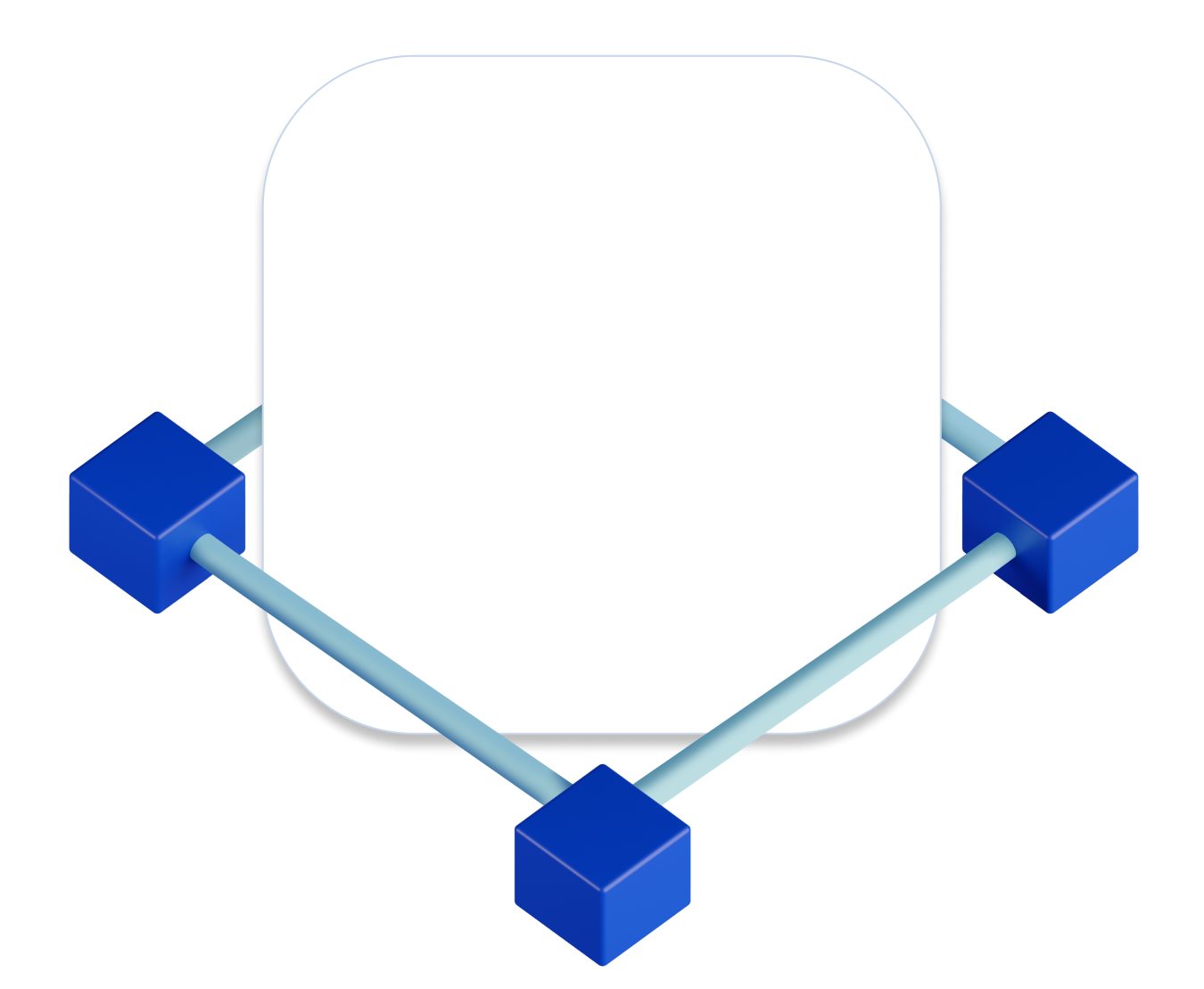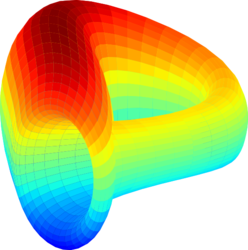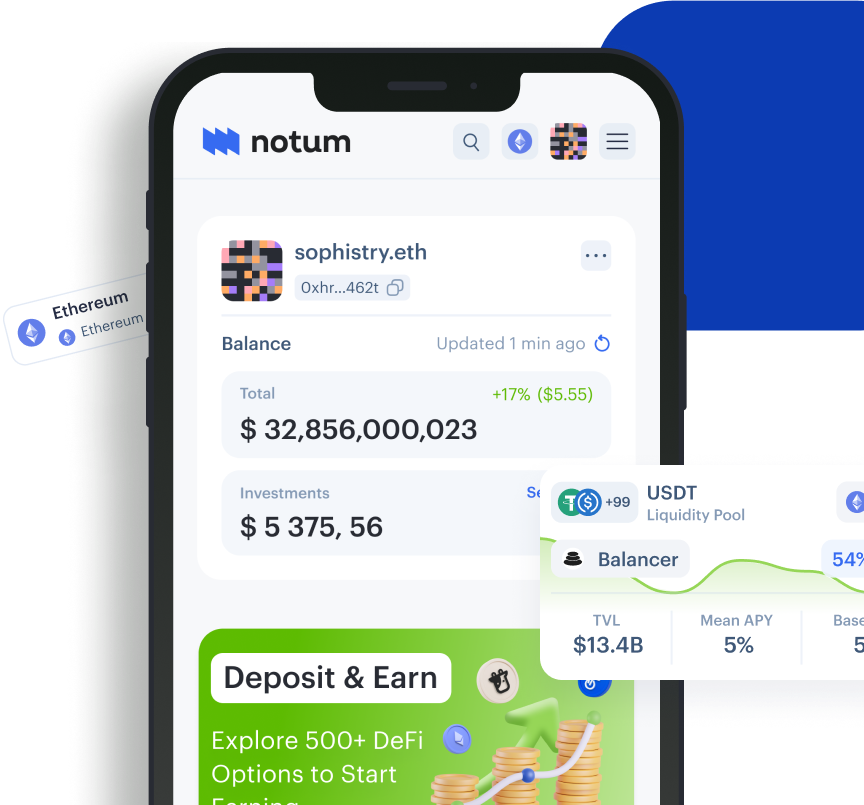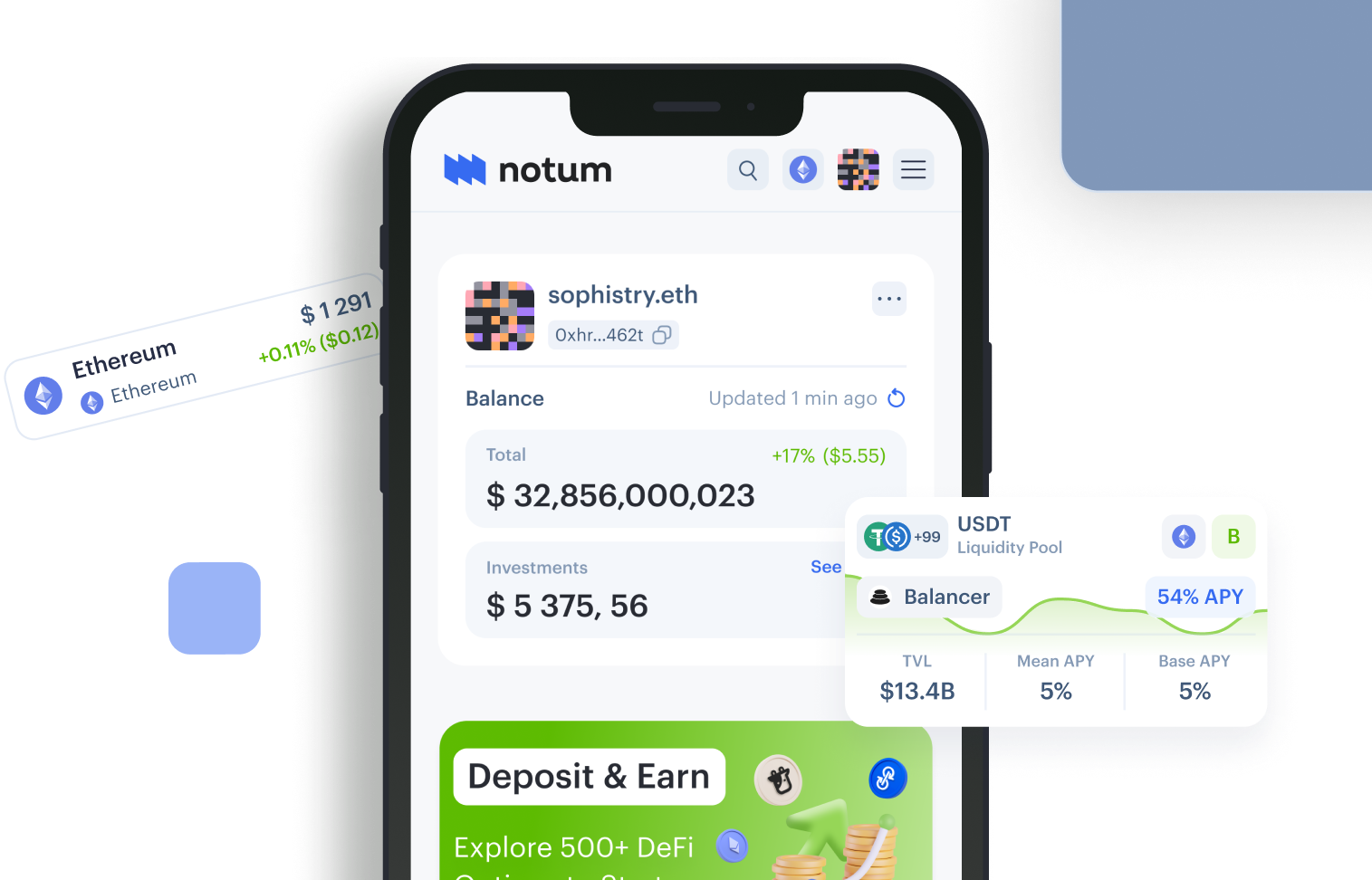Curve Protocol
Delve into liquidity pools diversity with Curve and Notum.


Curve Protocol Stats
$ 1.7B
Total TVL Across All Supported Networks
Medium Risk
Generally considered as balanced risk-reward investment
Active
Hands-on management for higher returns
6.68%
Average APY you can expect on Notum
How to Invest in Curve on Notum
For several years, decentralized finance has been an integral part of the crypto world. DeFi includes many financial instruments created and running on the blockchain. This includes applications, services, platforms, and protocols that help DeFi become an alternative to the traditional financial sector. Open-source protocols are more transparent and accessible and allow people to get new DeFi lending opportunities, invest and earn passive income from cryptocurrencies.
Curve Finance is one of the most popular DeFi protocols and offers users the ability to trade cryptocurrencies and earn income from holding various coins. Today's guide will help you get a better idea of what the Curve protocol is, how it works, and will pay attention to the Curve token.
What Is Curve Finance?
The Curve protocol was launched in January 2020 by Michael Egorov and is one of the leading projects in the DeFi ecosystem. Curve Finance can be described as an exchange liquidity pool on Ethereum, which is designed to efficiently trade stablecoins with minimal risk. In addition, users can profit from commissions for providing liquidity.
Efficient coin trading is ensured using the Automated Marker Maker (or AMM) algorithm. Curve allows users and DEXs to trade their stablecoins and “Its main goal is to let users and other decentralized protocols exchange ERC-20 tokens (DAI to USDC for example) through it with low fees and low slippage.” – CurveFi. It is also important to note that most of the stablecoins used on Curve Finance are pegged to the dollar. The most popular of them are USDT and USDC.
- Total Deposits: $3,622,815,698;
- Daily Volume: $262,859,486;
- Crypto Volume Share: 11.20%.
How Does the Curve Protocol Work?
The creator of the protocol, Egorov, during his work as CTO at NuCypher, developed the mechanism for staking the NU token and at the same time studied liquid staking and bonding curves. So, he created a low-slippage algorithm running under the Ethereum Smart Contract.
As already mentioned, Curve uses the AMM algorithm, so to understand how the protocol works, it is important to know how AMM works. The basic operation of the algorithm can be explained as the determination of the quantity between two types of tokens. The ratio of two tokens will determine the price.
Curve works similarly to Uniswap, but unlike it, this AMM platform mainly works with stable assets (like USDT, DAI, USDC) or wrapped versions of other cryptocurrencies like WETH. “By accommodating liquidity pools with similar tokens, Curve is able to use more efficient algorithms and has the lowest level of fees, slippage, and impermanent loss among decentralized exchanges (DEx) on the Ethereum network.” - MyMerlin. Importantly, the amount of liquidity on the platform enables other DeFi applications to use its pool as part of their ecosystem.
What Makes Curve Unique?
Curve was originally created to solve the problem of liquidity and price stability of stablecoins. More specifically, this applies to CeFi protocols that have a central point of failure. The hallmark of the protocol is the ability to easily automate the process of providing liquidity to stablecoins without the need for third parties.
- Dollar-pegged stablecoins supported by the Curve Protocol are: $DAI, $USDC, $USDT, $TUSD, $BUSD, $sUSD, $PAX.
- Curve Protocol also works with several coins pegged to $BTC: $renBTC, $wBTC, and $sBTC.
CRV Token
In August 2020, Curve launched its own DAO (Decentralized Autonomous Organization) and governance token CRV (Curve DAO token) to manage the Curve DAO ecosystem. It was thanks to the appearance of the token that the protocol became as decentralized as possible. Users can both purchase a token and earn through yield farming. CRV is available against crypto, stablecoins, and fiat pairs on various exchanges such as Binance and platforms like Notum.
Those users who have the minimum number of vote locked CRV tokens, can both propose and influence changes to the protocol itself. This includes, for example, the creation of new liquidity protocols, farming rewards, and so on.
As of June 21, 2023, the value of the CRV token is $0.6807 and the market capitalization is over $581 million. At the moment, the token is ranked 65th among all cryptocurrencies according to the CoinMarketCap website.
Curve DAO Token Statistics (June 21, 2023):
- Total Value Locked: $4,327,143,445
- Circulating Supply: 853,944,542 CRV
- Total Supply: 1,967,975,046.07
- Maximum Supply: 3.03 billion CRV
Curve Services
Like most other decentralized protocols, Curve also offers investors many services with their own features. Let's pay attention at what Curve Finance offers:
Curve Swap
One of the main services of the protocol is swapping, which allows you to convert one stablecoin to another. Swapping on Curve has several advantages that attract investors. Since the liquidity pools of Curve Finance have a high TVL and trading pairs with almost identical prices, the platform offers a slippage and fairly low commissions. Trading fees are usually regulated by the Curve DAO and are around 0.04%.
Liquidity Provision
As you know, the protocol focuses on stablecoins. Thus, Curve has a liquidity provision that gives users the ability to deposit protocol-backed assets (namely stablecoins and wrapped tokens) into liquidity pools to receive rewards (usually CRV tokens). Moreover, investors will also be able to earn rewards from commissions paid by traders.
There are two groups of pools of liquidity on Curve - base and meta. While the first group includes the most popular protocol pools and holds the largest stablecoins (USDT, USDC and DAI), the second has single tokens that are pooled with other base pools.
Staking
Another important feature offered by the protocol is staking. People can stake CRV tokens to get veCRV and participate in the governance voting. It is important to note that the longer the token is used for staking, the more veCRV the user can receive. Also, staking on Curve Finance has a time frame. The minimum staking period is a week, and the maximum is 4 years.
The peculiarity of staking on the platform is that staker users have the opportunity to receive up to 50% commissions for trading on the platform. Thus, when locking their CRV tokens on Curve, users get a chance to increase the rewards for the pools where they provided the tokens by 2.5 times.
Investment Strategies on Curve
Curve offers users a huge number of different investment strategies to generate income. Let's pay attention to two popular liquidity pools for investing on Notum:
https://app.notum.ai/investments/0x7F86Bf177Dd4F3494b841a37e810A34dD56c829B?protocol=Curve&chainId=1
This low-risk on Ethereum strategy invites users to invest USDC-WBTC-WETH assets into Curve's liquidity pool. With a total value locked of more than $34 million, this strategy is safe for investment and brings users from 6% to 7% APY.
https://app.notum.ai/investments/0xDcEF968d416a41Cdac0ED8702fAC8128A64241A2?protocol=Curve&chainId=1
Another Curve's popular strategy allows users to invest in the FRAX-USDC liquidity pool on Ethereum. This pool has a low risk level with a huge TVL of more than $57 and is an excellent option for users looking to profit from their FRAX and USDC assets. The reward for providing liquidity ranges from 1% to 2% APY.
Curve’s Voting Tokens
As you know, Curve Finance has its own CVR token. In addition, the ecosystem uses the so-called voter escrowed CRV or veCRV for governance voting. It is these tokens that are used for proposals to change/improve the platform and its functions.
It is important to note that by purchasing veCRV, regardless of the amount, the user receives the right to vote and the opportunity to participate in the future of Curve Finance. However, if the user holds more than 2,500 voting tokens, he can personally create new proposals for the life of the platform.
Curve Protocol: Advantages
It can be difficult for new investors to choose the right platform as the DeFi market is bigger than ever. Curve Finance has several significant advantages that have made it one of the most popular DeFi protocols at the moment. Let's look at the main ones:
- Composability. The ability to use the tokens earned on Curve in other DeFi applications is a definite plus for investors. It is stability and DeFi composability that have made the protocol one of the market leaders.
- Risks. Curve Finance works with stablecoins that are the most resilient so that the risk of volatility is minimized. Thus, those investors who are worried that their cryptocurrency may lose value should choose stable coins and platforms that work with them. Moreover, since Curve is a decentralized protocol, the risk of a security breach is also minimal.
- Staking. Users who stake CRV can earn veCRV allowing them to participate in the life of the platform. Moreover, a longer CRV blocking gives investors the opportunity to multiply the reward by more than 2 times.
- Low slippage. As you know, the Curve protocol works with assets that show similar behavior and thus reduces the possibility of slippage when trading.
- Token withdrawal. With the AMM algorithm, the protocol allows users to withdraw their liquidity at any time.
Why Use Curve?
Curve is a DeFi protocol that has gained popularity in the crypto world due to its working principles and innovations brought to the market. Many crypto projects even list the protocol as one of the most important DEXs in the ecosystem. Curve saves investors from the volatility of cryptocurrencies since the protocol mainly works with stablecoins that show permanence, unlike other crypto assets.
Exchange rates, low slippage, minimal risks, and multiple earning options make Curve Finance an excellent platform for investing in cryptocurrencies. Thus, if you have stablecoins that are in your wallets and do not bring you income - Curve protocol is a great chance to start your journey in the world of crypto.
Disclaimer: Notum does not provide any investment, tax, legal, or accounting advice. This article is written for informational purposes only. Cryptocurrency is subject to market risk. Please do your own research and trade with caution.
Boost Your Passive Income
Choose from a wide range of investments on Notum. Compare. Make a move.
Get started


FAQ
1.
What Is Curve?
The Curve protocol is one of the leading exchange liquidity pools on Ethereum. It was created to trade stablecoins with minimal risk which was achieved through the AMM algorithm.
2.
How does Curve work?
Curve uses the AMM algorithm and works similarly to Uniswap, but mainly focuses on stable assets or wrapped versions of other cryptos like WETH. Thus, the platform allows users to trade their stablecoins and exchange ERC-20 tokens with low fees and slippage.
3.
How is the CRV token used?
The CRV token was originally created to manage the Curve DAO ecosystem. CRV is now also used to vote on protocol changes and generate income through crypto strategies such as farming.
4.
What is the veCRV token?
In addition to CVR, Curve Finance also uses voter escrowed CRV or veCRV for governance voting. Thus, the ecosystem has this particular token to propose changes to the platform and participate in the future of Curve.
5.
What is a bonding Curve?
Bonding curves are a kind of mathematical functions that are used in DeFi to link the supply of a digital currency with its value, and also provide automatic and fair value of assets.
6.
What are Curve's fees?
Although Curve Finance does not charge fees for cryptocurrency transactions, your card issuer may charge you a fee, which is important to research in advance.